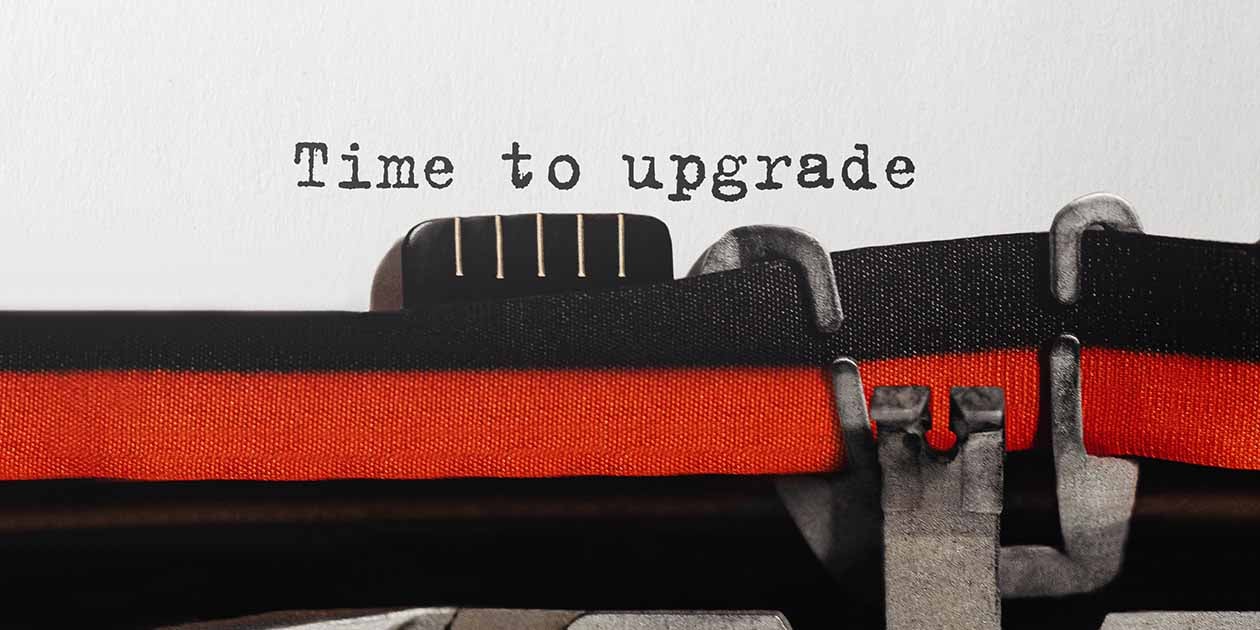
NOTE: First published on December 2, 2016, this blog has been updated to reflect a world that has changed drastically in the five years since we began to focus on the need for modernized integration environments.
Every business has its reasons to modernize their EDI environment or to wait. I first joined Remedi in 2005. Since then, as an account manager, I have supported and sold EDI/integration solutions to many clients. The majority of these clients are IBM Sterling customers using a version of Gentran or Sterling B2B Integrator. Some of these legacy Gentran accounts have been using Gentran for 25 years and counting. So why haven’t these legacy Gentran users upgraded or modernized?
Well, the simple answer is, Gentran is a workhorse that works very well for companies of all sizes, from SBEs to global enterprises. These organizations have a process built over years for EDI. The staff that supports Gentran is seasoned and knows the ins and outs of the system. If it’s not broke, why fix it?
That is a great question, and I don’t have a perfect answer.
Some Perspective
Having been a part of my fair share of Gentran upgrades and new license sales over the past 15 years I can tell you why more customers every year decide to migrate away from a solution that rarely breaks.
Some of these legacy users are almost forced to migrate because of very old or unsupported servers, databases, and operating systems that host Gentran. Some migrate due to emerging integration requirements to support both traditional EDI partners and non-EDI partners.
However, the primary reason customers are migrating is, for growth-oriented companies, the disruption and uncertainty of the pandemic driving ERP modernization which in turn is driving upgrades of EDI and B2B toolsets.
It’s important to note the trend was underway before Covid-19 upended the economy and life in general. But the pandemic made it painfully clear that Gentran and other legacy EDI translators were not built for the demands of the 24/7 digital economy and the nature of today’s highly dynamic supply chains.
The Time to Modernize Is Now
As I’m sure you know, Remedi is an IBM software reseller and preferred professional services provider for the B2B & Commerce brands. At the same time, Remedi supports many customers using non-IBM solutions.
Specific software solutions aside, trusting your revenue cycle processes and data to 25-year technology puts your organization at risk in a lot of ways:
- Inability to support non-EDI data formats makes it difficult to say “yes” to new customers and trading partners
- Translators running on an older OS have security flaws
- IT has to spend an increasing amount of time each week maintaining multiple solutions to compensate for functionality gaps
- Because business users can’t access the EDI translator’s data to look up critical transaction details IT resources have to be used for routine inquiries
I could go on but let’s wrap on a positive note. The good news is you have options. Options when it comes to software licensing, options for migration methods from Gentran, options for migrating all those maps you’ve used for all these years. Even options for non-IBM solutions.
The bottom line, the only option that should be off the table for most companies is the status quo.



